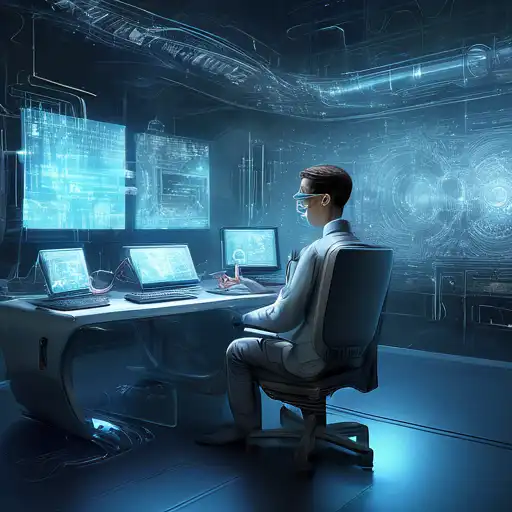Introduction to Computer Vision Technology
Computer vision technology has seen remarkable advancements in recent years, transforming how machines interpret and understand visual information. This technology, at the intersection of artificial intelligence and image processing, enables computers to identify, process, and analyze visual data with unprecedented accuracy.
Key Advancements in Computer Vision
Among the most significant breakthroughs in computer vision technology are the development of deep learning models that can recognize patterns and objects in images with minimal human intervention. These models have been instrumental in enhancing the capabilities of facial recognition systems, autonomous vehicles, and medical imaging technologies.
- Deep Learning and Neural Networks: The use of convolutional neural networks (CNNs) has revolutionized image recognition tasks, enabling more accurate and efficient processing of visual data.
- Real-time Processing: Advances in hardware and algorithms have made it possible to process and analyze video feeds in real time, opening up new possibilities for surveillance and interactive applications.
- 3D Image Recognition: The ability to interpret three-dimensional images has improved, allowing for more sophisticated applications in robotics and augmented reality.
Applications of Advanced Computer Vision
The applications of advanced computer vision technology are vast and varied. In the healthcare sector, it is being used for early detection of diseases through medical imaging. In the automotive industry, it powers the vision systems of self-driving cars, enabling them to navigate safely. Retailers are leveraging computer vision for inventory management and enhancing customer experiences through personalized recommendations.
Challenges and Future Directions
Despite its advancements, computer vision technology faces challenges such as privacy concerns, especially with facial recognition, and the need for large datasets to train models. Future directions include the development of more energy-efficient algorithms and the integration of computer vision with other AI technologies for more comprehensive solutions.
For more insights into how artificial intelligence is shaping the future, check out our latest article on AI trends.
Conclusion
The advancements in computer vision technology are paving the way for innovative applications across various industries. As the technology continues to evolve, it promises to unlock even more possibilities, making our interaction with machines more intuitive and seamless.
